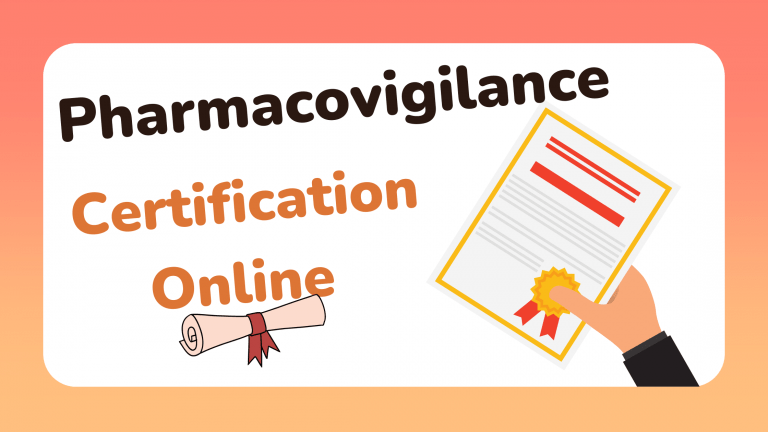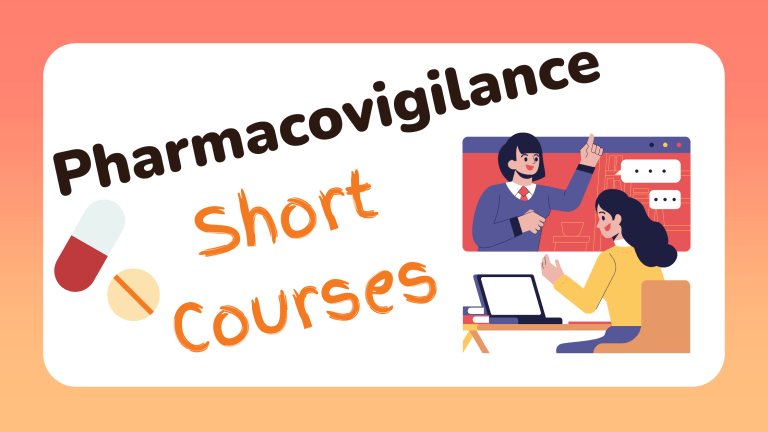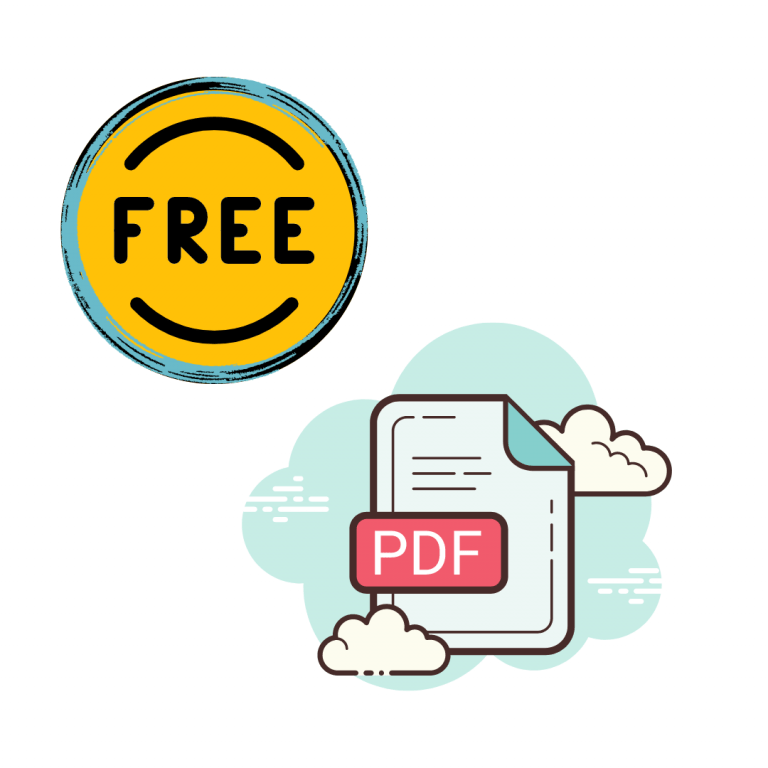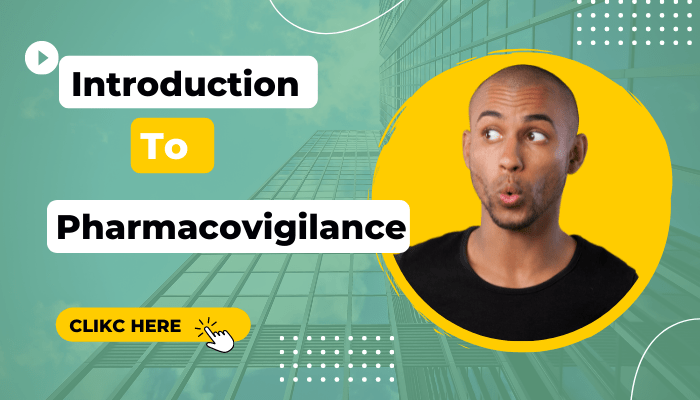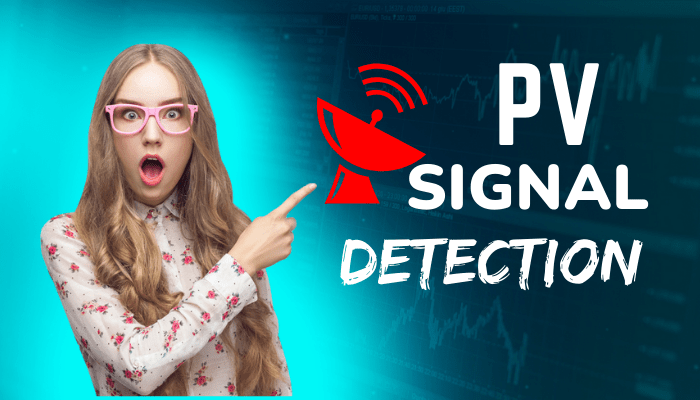Pharmacovigilance Reporting: How to Report Safety Information5 min read
As healthcare professionals, we are obligated to ensure medication safety and effectiveness.
Pharmacovigilance reporting is one way to do this by monitoring a drug’s safety profile during its life cycle – from development through postmarketing stages.
However, few healthcare professionals fully know precisely what pharmacovigilance reporting involves or how it helps patients.
In this blog post, we’ll explain the basics of pharmacovigilance that every healthcare professional should know to use reportable data better to improve treatments for their patients.
What are pharmacovigilance reporting requirements?
As a healthcare professional, you are required to report any adverse reaction to medication that you witness.
This is called pharmacovigilance reporting, and monitoring the safety of medications on the market is essential.
Specific requirements must be met to report a valid report, which we will discuss in this blog post. Stay tuned to learn everything you need to know about pharmacovigilance reporting!
The basics of pharmacovigilance reporting requirements
Learning the basics of pharmacovigilance reporting requirements is essential for anyone who works in the pharmaceutical industry.
This involves reporting adverse events, finding safety information trends, and providing regular updates to regulatory authorities.
It’s a complex process that requires keen attention to detail but can make a huge difference in ensuring safe medical products and patient care.
Working with an understanding of pharmacovigilance can be an immensely rewarding experience, knowing that you are helping protect public health by preventing – or at least minimizing – adverse drug reactions.
How to comply with pharmacovigilance reporting requirements
To remain compliant, one must ensure that all adverse event reports are submitted immediately and that the reports are as detailed and accurate as possible.
Taking these critical steps keeps you compliant with pharmacovigilance reporting requirements and does your part in ensuring patient safety.
What are the 4 elements you should try to get when reporting an adverse event?
All valid reports must have the PERP criteria.
1- Patient
2- E – event
3- R- reporter
4- P – Product ” medicinal products.”
The benefits of complying with pharmacovigilance reporting requirements
Complying with pharmacovigilance reporting requirements provides many safety benefits for medical drugs and health-related products.
In particular, proactive safety reports on adverse events helps healthcare professionals – including doctors and researchers – identify emerging safety concerns and act quickly to address them.
Furthermore, by reconstructing safety signals reported through analytical studies of the various reports, medical drug manufacturers and healthcare regulators can use this data to understand the safety profile of medicines better, allowing them to make more informed decisions about their usage.
Thus, it is clear that pharmacovigilance reporting offers huge benefits to both patients and industry professionals by increasing safety awareness and enabling prompt corrective action if there are safety issues associated with certain medicines.
To create a proper risk management plan to prevent any further bad influence to medical products on other patients.
The consequences of not complying with pharmacovigilance reporting requirements
Navigating ever-shifting regulations and monitoring are essential for compliance with pharmacovigilance reporting.
Unfortunately, not meeting the requirements can be pretty costly. Companies that fail to comply frequently face punitive measures such as steep fines, suspension or recall of product licenses, and even criminal charges.
The potential implications of not monitoring and reporting this data following the regulations should serve as a reminder of how important it is to remain compliant.
Failing to do so could have serious repercussions that may affect a company’s bottom line, reputation, or worse!
Most Important Basic Information You Should Know
What do you report in pharmacovigilance?
Death is a life-changing event, but not the only one. Inpatient hospitalization or extended existing stays in hospitals can cause serious bodily harm and disruption of daily activities due to incapacitation – something we don’t often talk about enough.
What are the 7 types of reports in pharmacovigilance?
1 Individual Case Safety Report.
2 Aggregate reporting.
3 Coding of adverse events.
4 Seriousness determination.
5 Expedited reporting.
6 Clinical trial reporting.
7 Spontaneous reporting.
What are the types of aggregate reports in pharmacovigilance?
Pre-marketing report:
- IND annual reports.
- Clinical study reports (CSR)
Post-marketing report:
- Periodic Benefit Risk Evaluation Report (PBRER)/Periodic Safety Update Report (PSUR)
- Periodic Adverse Drug Experience Report (PADER).
- NDA and ANDA annual reports.
- Addendum to clinical overviews (ACO)
What are the four main components of pharmacovigilance?
• Adverse Event Case Management, including expedited reporting;
• Aggregate Reporting;
• Signal Signals;
• Risk Management.
What is ADR reporting?
Adverse Drug Reactions.
Healthcare professionals can empower their patients by taking a proactive role in reporting any possible reactions to drugs.
From doctors and Chinese medicine practitioners to dentists, pharmacists, and nurses all should be alert for potential problems that may arise from the medications prescribed.
By doing so, healthcare workers help ensure safer drug use worldwide!
What is safety reporting?
Safety reporting is necessary to ensure any safety risks are monitored and addressed. It’s a way of collecting information on areas where there may be present, or future danger so proactive measures can be taken, ensuring everyone stays safe!
What are the timelines for reporting?
7 days
15 days
Quarterly reporting
Annual reporting
What is KPI in pharmacovigilance?
Measuring and improving the performance of your pharmacovigilance system is essential for ensuring patient safety.
Pharmacovigilance key performance indicators are a great way to track how effective your PV strategies have been – from seeing how much risk has been eliminated to understanding which areas need more attention or resources to ensure patients stay safe!
What is SOP in pharmacovigilance?
Pharmacovigilance is a crucial part of medical safety, and Standard Operating Procedures (SOPs) are essential tools to achieve it.
Through SOPs, adverse event reporting is standardized, helping us to monitor the adverse events in clinical trials, medicinal products, or medical devices.
With this standardization, we ensure that regulators and other relevant authorities have the accurate information to make decisions on the safety of medicines and their benefits-risk profiles.
As a result, SOPs play an essential role in pharmacovigilance, ensuring adverse event reporting processes are conducted appropriately and timely.
What are the tools used in pharmacovigilance?
Please read this article:
What are Tools used in Pharmacovigilance PPT | Find Out Complete List
Resources
Pharmacovigilance: Overview | European Medicines Agency
Conclusion
Overall, pharmacovigilance reporting should be taken seriously by organizations of all sizes. There are considerable benefits to ensuring compliance and staying within the regulations set forth by health authorities.
Get your Pharmacovigilance PDFs to learn in a simple and fast way what you need to know about pharmacovigilance regulations. Becoming an expert in regulating medicinal products doesn’t have to take weeks or months to learn!

